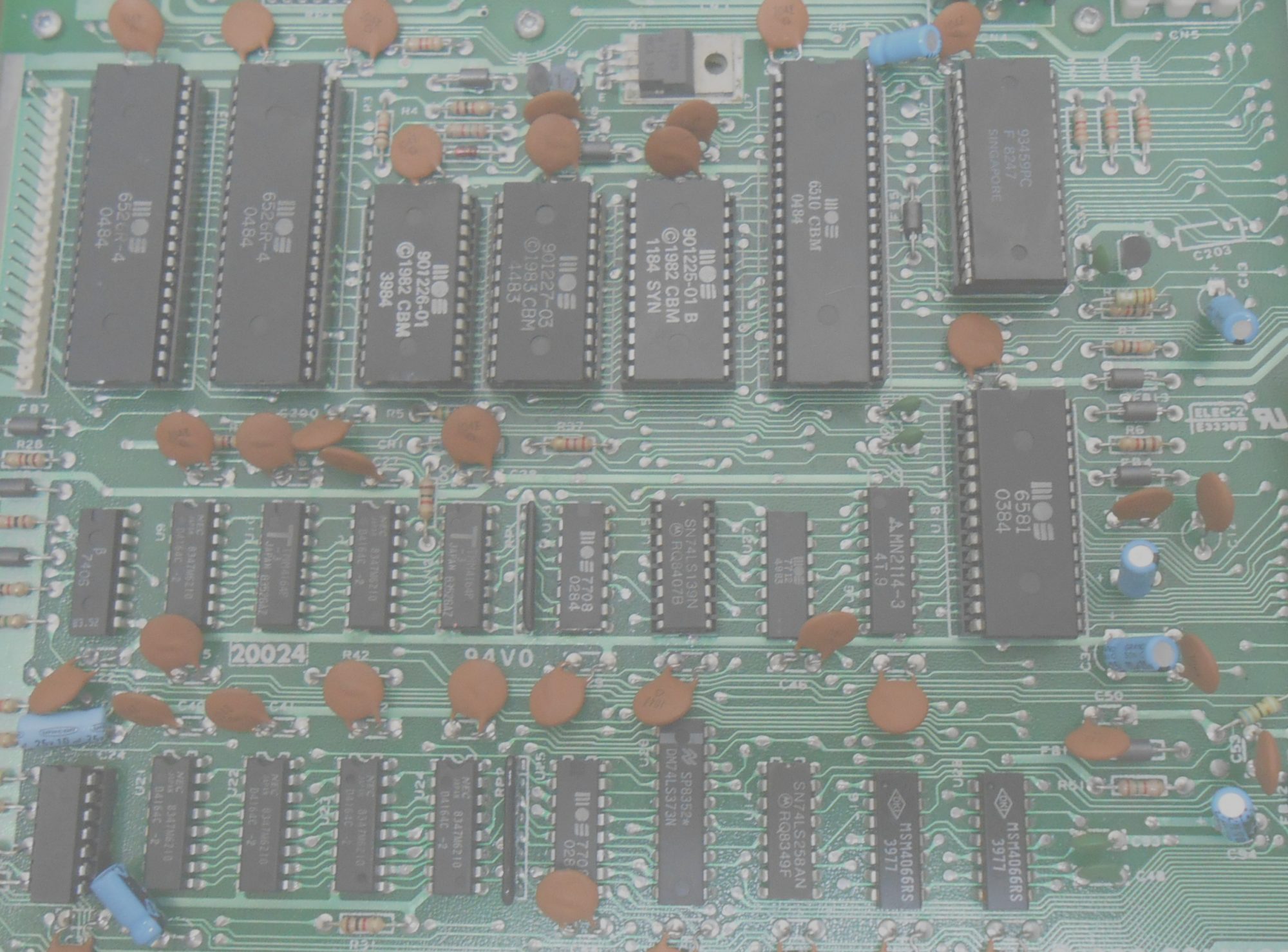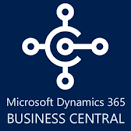If you have been using the Dotnet ClickOnce technology to roll out your Dynamics NAV / 365 Business Central Windows Clients, you know it have some limitations (click here to read all about the limitations).
But if you start pulling the ClickOnce technology apart, you will find that the client files are in fact present on your harddrive, but in a obscure directory – which can be hard to locate (actually you can just start the client and go to task manager. Right click the running program and select to open the directory).
What if someone could make a small program or script that would locate all installed ClickOnce Dynamics NAV / 365 Business Central Windows Clients, present you with a list to choose from and then simply start the selected client with the appropriate parameters?
Maybe we can even register this small program or script as the protocol handler for the DynamicsNAV:// protocol?
Well, here is my first attempt of a PowerShell script I call NAVBCProtocolHandlerHelper.ps1 :-):
# Version: 2019-08-06
$SearchPath = "C:\Users\$($env:UserName)\AppData\Local\Apps\2.0\"
$WindowsClientFileName = "Microsoft.Dynamics.Nav.Client.exe"
$ClientUserSettingsFileName = "ClientUserSettings.config"
if(($args[0] -eq "?") -or ($args[0] -eq "-?") -or ($args[0] -eq "-h") -or ($args[0] -eq "-help")) {
Write-Host "#######################################################################" -ForegroundColor Cyan
Write-Host "# Microsoft Dynamics NAV/365 Business Central Protocol Handler Helper #" -ForegroundColor Cyan
Write-Host "#######################################################################" -ForegroundColor Cyan
Write-Host "# Copyright 2019, Gert Lynge, www.dabbler.dk #" -ForegroundColor Cyan
Write-Host "#######################################################################" -ForegroundColor Cyan
Write-Host "# This script is free to use, modify and distribute as long as these #" -ForegroundColor Cyan
Write-Host "# lines are kept intact. NO WARRANTY! Use at your own risk! #" -ForegroundColor Cyan
Write-Host "#######################################################################" -ForegroundColor Cyan
Write-Host ""
Write-Host "Examples:" -ForegroundColor Cyan
Write-Host ""
Write-Host "Install NAV/365BC Protocol Handler:" -ForegroundColor Cyan
Write-Host "$($MyInvocation.MyCommand.Definition) -InstallProtocolHandler"
Write-Host "Be warned: This will override any existing DynamicsNAV:// protocol handler" -ForegroundColor Red
Write-Host ""
Write-Host "Remove NAV/365BC Protocol Handler:" -ForegroundColor Cyan
Write-Host "$($MyInvocation.MyCommand.Definition) -RemoveProtocolHandler"
Write-Host "Be warned: This will remove any DynamicsNAV:// protocol handler installed" -ForegroundColor Red
Write-Host ""
Write-Host "Show list of NAV/365BC ClickOnce Windows Clients and let you select one to start:" -ForegroundColor Cyan
Write-Host "$($MyInvocation.MyCommand.Definition)"
Write-Host ""
Write-Host "Show this help page:" -ForegroundColor Cyan
Write-Host "$($MyInvocation.MyCommand.Definition) -help"
exit
}
elseif(($args[0] -eq "InstallProtocolHandler") -or ($args[0] -eq "-InstallProtocolHandler")) {
$currentPrincipal = New-Object Security.Principal.WindowsPrincipal([Security.Principal.WindowsIdentity]::GetCurrent())
if(-not $currentPrincipal.IsInRole([Security.Principal.WindowsBuiltInRole]::Administrator)) {
Throw "Installing the DynamicsNAV:// Protocol handler requires this script to be run as Administrator"
}
New-PSDrive -Name HKCR -PSProvider Registry -Root "HKEY_CLASSES_ROOT" -ErrorAction SilentlyContinue | Out-Null
New-Item -Path "HKCR:\DynamicsNAV" -Force | Out-Null
New-ItemProperty -Path "HKCR:\DynamicsNAV" -Name "(Default)" -Value "Dynamics NAV Protocol" -Force | Out-Null
New-ItemProperty -Path "HKCR:\DynamicsNAV" -Name "URL Protocol" -Force | Out-Null
New-Item -Path "HKCR:\DynamicsNAV\DefaultIcon" -Force | Out-Null
New-ItemProperty -Path "HKCR:\DynamicsNAV\DefaultIcon" -Name "(Default)" | Out-Null
New-Item -Path "HKCR:\DynamicsNAV\Shell" -Force | Out-Null
New-ItemProperty -Path "HKCR:\DynamicsNAV\Shell" -Name "(Default)" | Out-Null
New-Item -Path "HKCR:\DynamicsNAV\Shell\Open" -Force | Out-Null
New-ItemProperty -Path "HKCR:\DynamicsNAV\Shell\Open" -Name "(Default)" | Out-Null
New-Item -Path "HKCR:\DynamicsNAV\Shell\Open\Command" -Force | Out-Null
New-ItemProperty -Path "HKCR:\DynamicsNAV\Shell\Open\Command" -Name "(Default)" -Value "PowerShell.exe -WindowStyle Hidden -File ""$($MyInvocation.MyCommand.Definition)"" ""%1""" | Out-Null
Write-Host "Protocol Handler DynamicsNAV:// installed" -ForegroundColor Green
exit
}
elseif(($args[0] -eq "RemoveProtocolHandler") -or ($args[0] -eq "-RemoveProtocolHandler")) {
$currentPrincipal = New-Object Security.Principal.WindowsPrincipal([Security.Principal.WindowsIdentity]::GetCurrent())
if(-not $currentPrincipal.IsInRole([Security.Principal.WindowsBuiltInRole]::Administrator)) {
Throw "Removing the DynamicsNAV:// Protocol handler requires this script to be run as Administrator"
}
New-PSDrive -Name HKCR -PSProvider Registry -Root "HKEY_CLASSES_ROOT" -ErrorAction SilentlyContinue | Out-Null
Remove-Item -Path "HKCR:\DYNAMICSNAV" -Recurse -Force | Out-Null
Write-Host "Protocol Handler DynamicsNAV:// removed" -ForegroundColor Green
exit
}
$WindowsClients = New-Object System.Data.DataTable
$WindowsClients.Columns.Add("Product","System.String") | Out-Null
$WindowsClients.Columns.Add("Server","System.String") | Out-Null
$WindowsClients.Columns.Add("Port","System.String") | Out-Null
$WindowsClients.Columns.Add("Instance","System.String") | Out-Null
$WindowsClients.Columns.Add("Tenant","System.String") | Out-Null
$WindowsClients.Columns.Add("Authentication","System.String") | Out-Null
$WindowsClients.Columns.Add("Version","System.Version") | Out-Null
$WindowsClients.Columns.Add("Path","System.String") | Out-Null
foreach($File in Get-ChildItem -Path "$SearchPath$WindowsClientFileName" -Recurse | Select-Object FullName) {
$Path = (Split-Path -Path $File.FullName -Parent)
if(Test-Path "$Path\$ClientUserSettingsFileName" -PathType Leaf) {
[xml]$XmlDocument = Get-Content -Path "$Path\$ClientUserSettingsFileName"
$ChildNodes = $XmlDocument.configuration.appSettings.ChildNodes
$WindowsClient = $WindowsClients.NewRow()
$WindowsClient.Path = $Path
$WindowsClient.Version = [System.Version][System.Diagnostics.FileVersionInfo]::GetVersionInfo($File.FullName).FileVersion
$WindowsClient.Server = ($ChildNodes | Where-Object {($_.key -eq "Server")}).value
$WindowsClient.Port = ($ChildNodes | Where-Object {($_.key -eq "ClientServicesPort")}).value
$WindowsClient.Instance = ($ChildNodes | Where-Object {($_.key -eq "ServerInstance")}).value
$WindowsClient.Tenant = ($ChildNodes | Where-Object {($_.key -eq "TenantId")}).value
$WindowsClient.Authentication = ($ChildNodes | Where-Object {($_.key -eq "ClientServicesCredentialType")}).value
$WindowsClient.Product = ($ChildNodes | Where-Object {($_.key -eq "ProductName")}).value
$WindowsClients.Rows.Add($WindowsClient)
}
}
$WindowsClients = $WindowsClients | Group-Object -Property Server,ClientServicesPort,ServerInstance,TenantId | `
foreach { $_.Group | Sort-Object @{Expression="Version";Descending="$True"} | Select-Object -First 1 }
$Picked = $WindowsClients | Out-GridView -PassThru -Title "Select which Microsoft Dynamics NAV/365 Business Central ClickOnce Windows Client to run"
if(-not $Picked) {
exit
}
$Command = "$($Picked.Path)\$WindowsClientFileName"
if($args[0]) {
& "$Command" "-protocolhandler" $args[0]
}
else {
& "$Command"
}
Please run NAVBCProtocolHandlerHelper.ps1 from a powershell CLI with the -help parameter and read the possibilities. It has five ways of running:
- Show the help:
NAVBCProtocolHandlerHelper.ps1 -help - Install itself as the DynamicsNAV:// protocol handler (OVERWRITING the existing one):
NAVBCProtocolHandlerHelper.ps1 -InstallProtocolHandler - Remove ANY DynamicsNAV:// protocol handler (also ones the script did not install itself):
NAVBCProtocolHandlerHelper.ps1 -RemoveProtocolHandler - Show list of installed ClickOnce Windows Clients for Dynamics NAV/365 Business Central and lets you choose one. The chosen one is started:
NAVBCProtocolHandlerHelper.ps1 - Started through the DynamicsNAV:// protocol.
A list of installed ClickOnce Windows Clients for Dynamics NAV/365 Business Central will be shown. When you chose one, it is started and the URL is passed as a parameter to it (just like if it was called directly from the protocol handler):
DynamicsNAV://<your parameters>
This is still work in progress and can be improved in many ways. Feel free to send me your comments and wishes.
You can use and modify this free of charge as long as you keep the blocks shown in the help intact.
This is completely without any warranty of any kind – so use at your own risk!
Parameters and functionalities are subject to changes as this is work in progress.


Hi, we are going to use NAV/BC soon and have the same Problem with the ClickOnce until I’ve found your great powershell script here.
I really don’t know how to change your script, maybe you can help. I would like to directly write the $Path of the .exe and not the .ps1. to the registry.
I’ve tried to change:
New-ItemProperty -Path “HKCR:\DynamicsNAV\Shell\Open\Command” -Name “(Default)” -Value “PowerShell.exe -WindowStyle Hidden -File “”$($MyInvocation.MyCommand.Definition)”” “”%1″”” | Out-Null
to something like this, but it’s not working:
New-ItemProperty -Path “HKCR:\DynamicsNAV\Shell\Open\Command” -Name “(Default)” -Value “$Path “%1″” | Out-Null
Thanks and greetings from Germany!
Hi Maurice,
If I look at a default BC14 installation with the RegEdit.exe program, the value seems to be:
C:\Program Files (x86)\Microsoft Dynamics 365 Business Central\140\RoleTailored Client\Microsoft.Dynamics.Nav.Client.exe -protocolhandler "%1"…so I think this line would work:
New-ItemProperty -Path "HKCR:\DynamicsNAV\Shell\Open\Command" -Name "(Default)" -Value "$Path -protocolhandler ""%1""" | Out-NullYes, that is a bunch of
"s (and beware of the formatting – WordPress on this site may change them to other characters. You should only use the simple double quote for this).Note the
-protocolhandleris a not-too-well-documented parameter to the Microsoft.Dynamics.Nav.Client.exe client program 🙂If it still does not work, try a reboot. I honestly cannot remember if that is required…
I hope this help you solve the issue.
Hi Gert,
thanks for the quick reply! Honestly it doesn’t work, so I’ve done some more testing ony my own, but still one more issue:
New-ItemProperty -Path “HKCR:\DynamicsNAV\Shell\Open\Command” -Name “(Default)” -Value “$Path\$WindowsClientFileName -protocolhandler “”%1″”” | Out-Null
This way it works for the path, the client will open but it wont open the Page in the link. Any Idea? The “” are not the problem. 😉
Hi Maurice,
That is strange.
I’ll suggest that you install the client with the installer (without ClickOnce) on one PC.
Then verify the related registry settings (HKCR:\DynamicsNAV…) on that PC…
…and then recreate the same registry settings on the PC in question. Only changing the path for the client executable.
At the same time you could verify that the link you are supplying actually works on the PC with the “real” installation – because if it does not work there, it will never work using a ClickOnce installed client.
I hope this help you solve the issue.
We only got the ClickOnce version, nothing else, still in development/testing phase (cloud not on premise).
The link to the page works with your original script, but as I said, I don’t want these extra window to choose from, I just want the client to open directly.
Ok, but I think that would cause you some problems in the future.
The path of the client changes on each ClickOnce update.
So if your provider chooses to push out a new client, it will be installed in a new folder, but the old version will also still be around (if I remember this correctly).
In this case your solution will open the wrong version, which cannot be recommended although it probably would work in some installations for some time, but not forever (depending on your providers settings, this might work with a warning, or be blocked).
That is why I implemented the menu in the extra window in the first place.
I think a better solution for you would be to modify the script so it just always auto-launches the newest version it finds based on some logic you code…
I hope this information helps you.
Well, that’s a good point! We got, I think, 1 update of the ClickOnce installer in the 2 years, that wouldn’t be a problem but with more frequently updates it would be. Anyway, the script is great and solves a problem that shouldn’t exist. 😉
Thanks for your support.
Btw: The reason that ClickOnce does not install/update the protocol handler is that it requires local administrator permissions on the PC to do so.
ClickOnce installs in the users profile and does not require administrator permissions (one of the huge benefits). So it has no way of setting those registry keys correctly (one of the drawbacks).